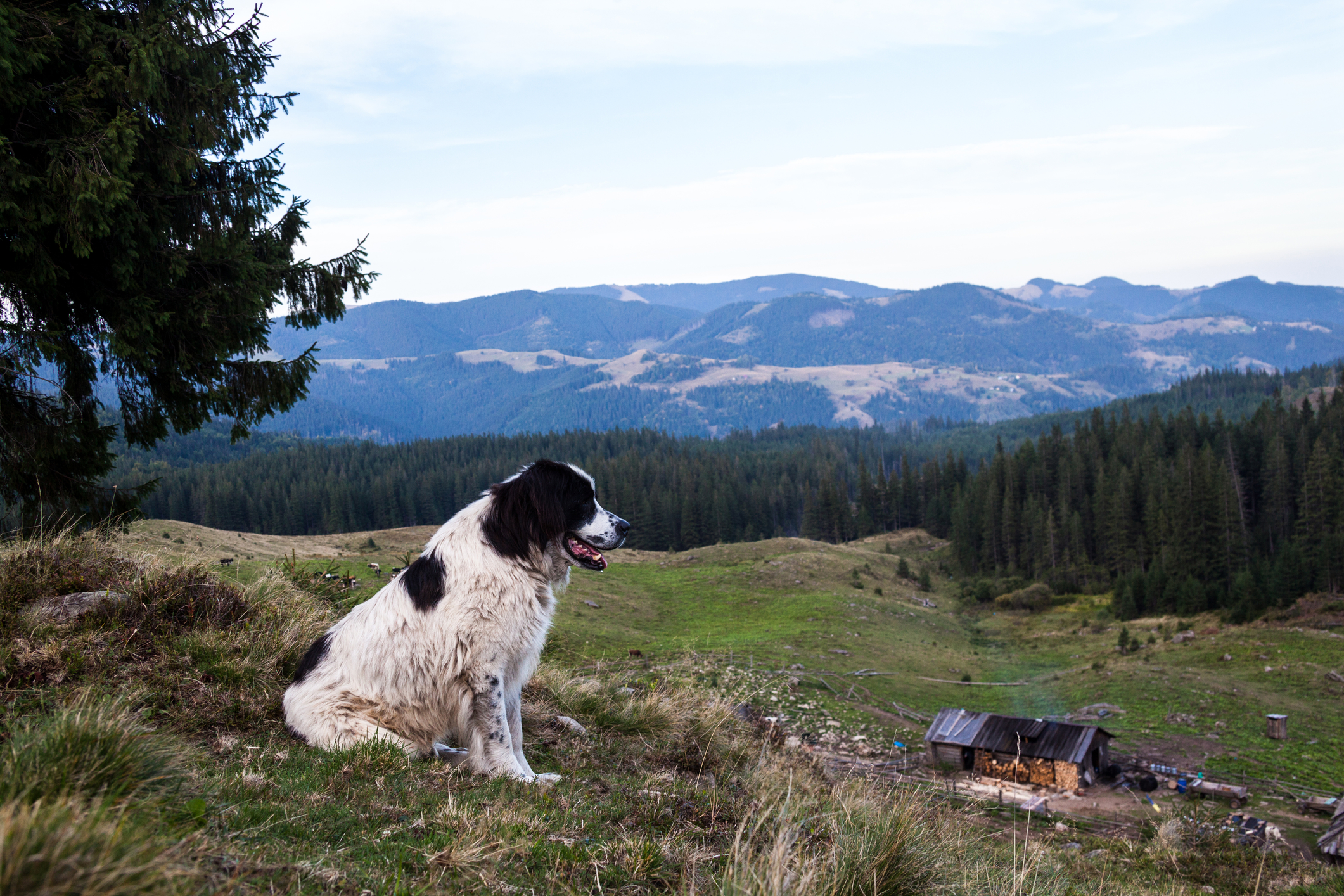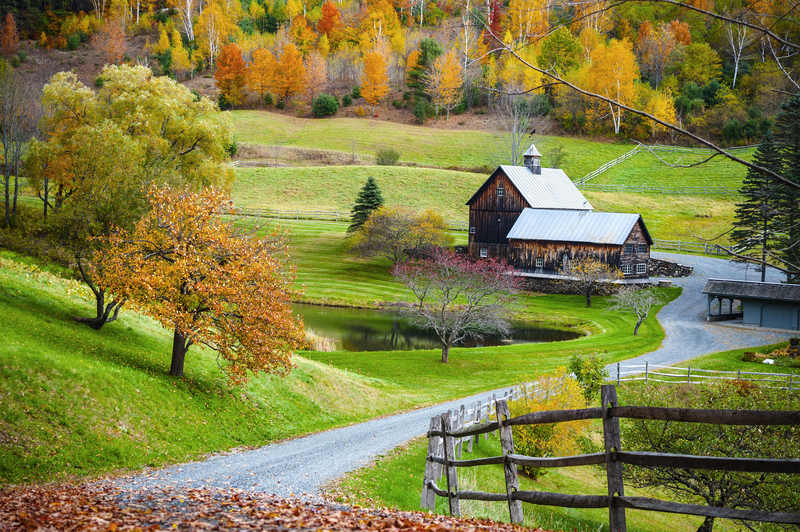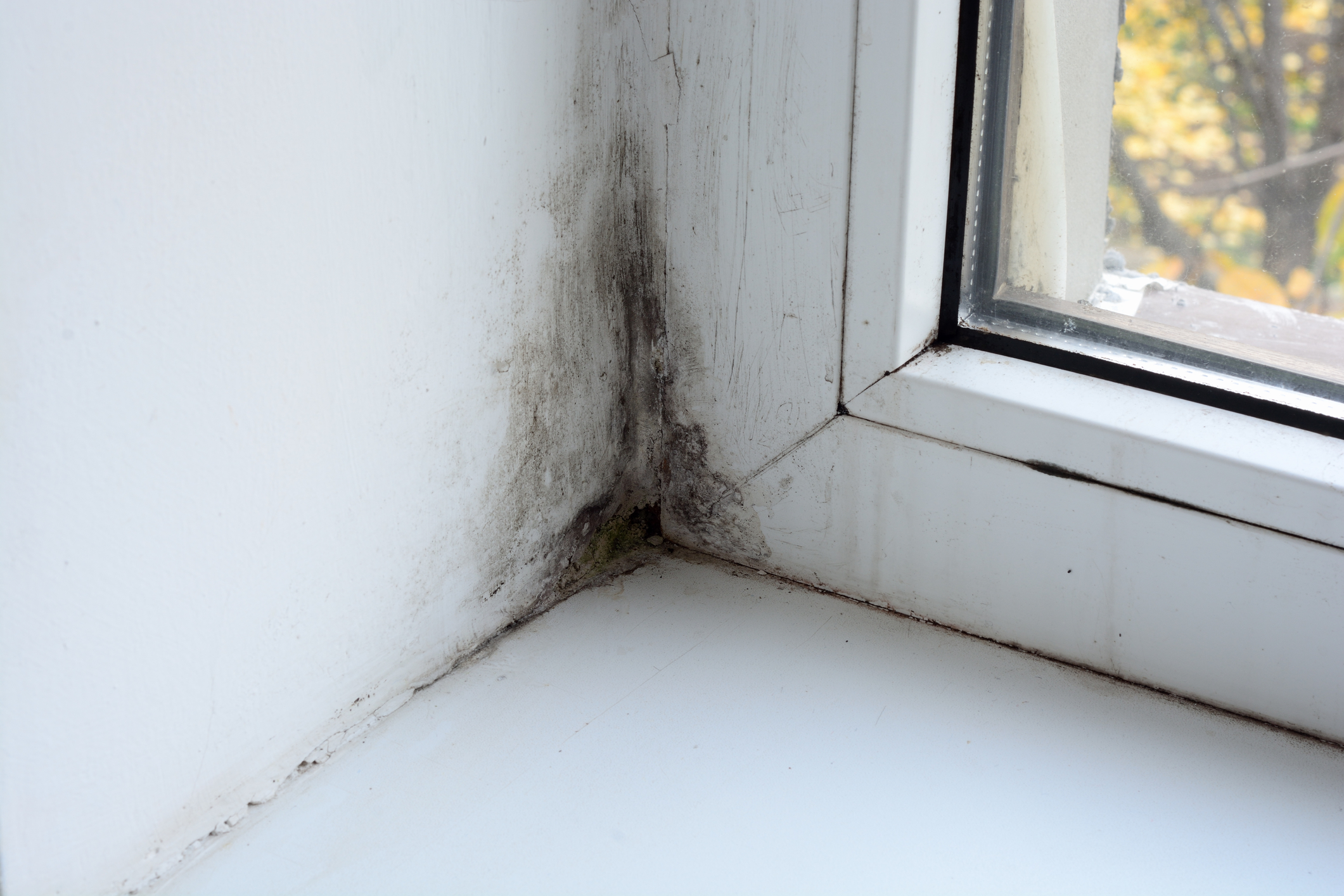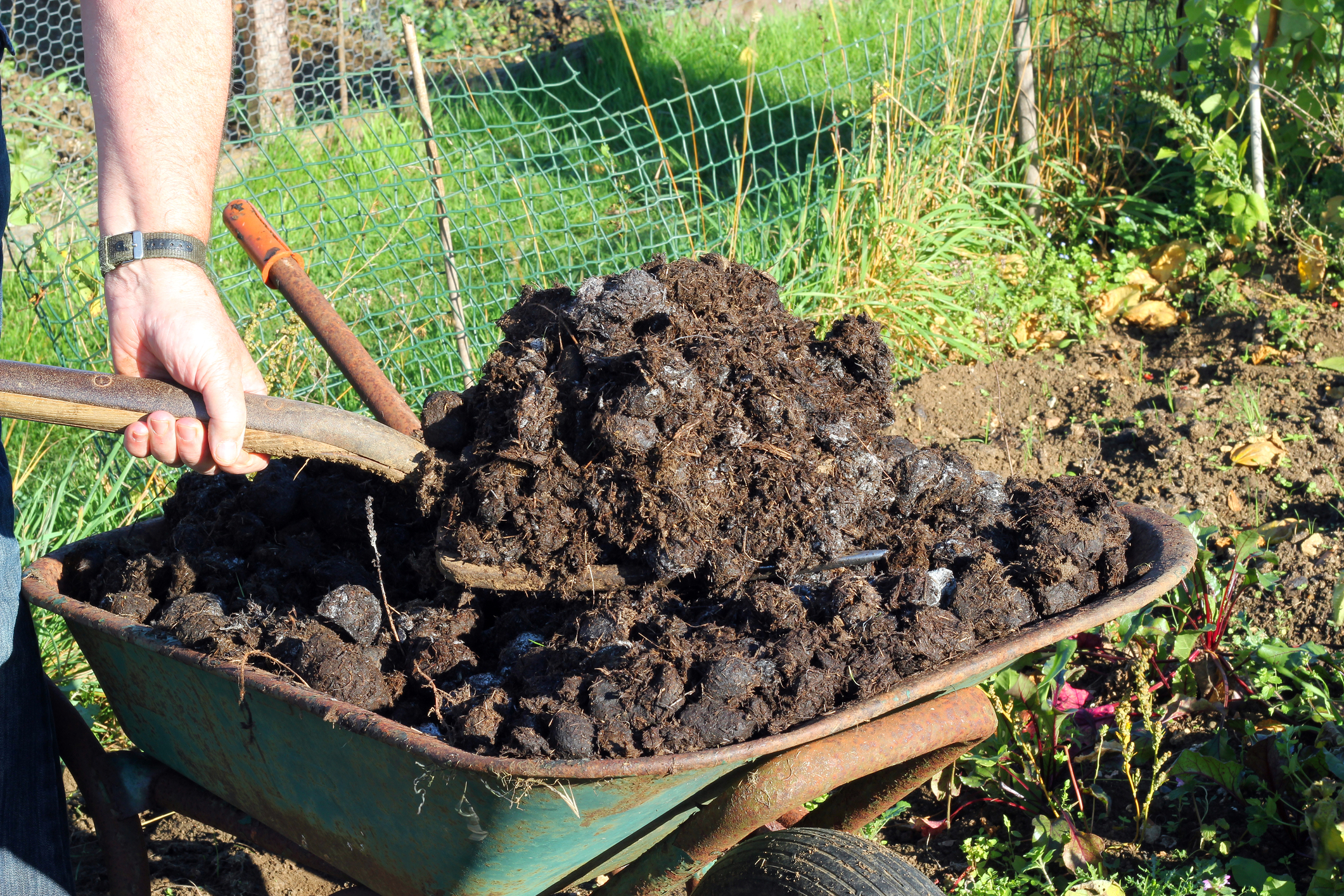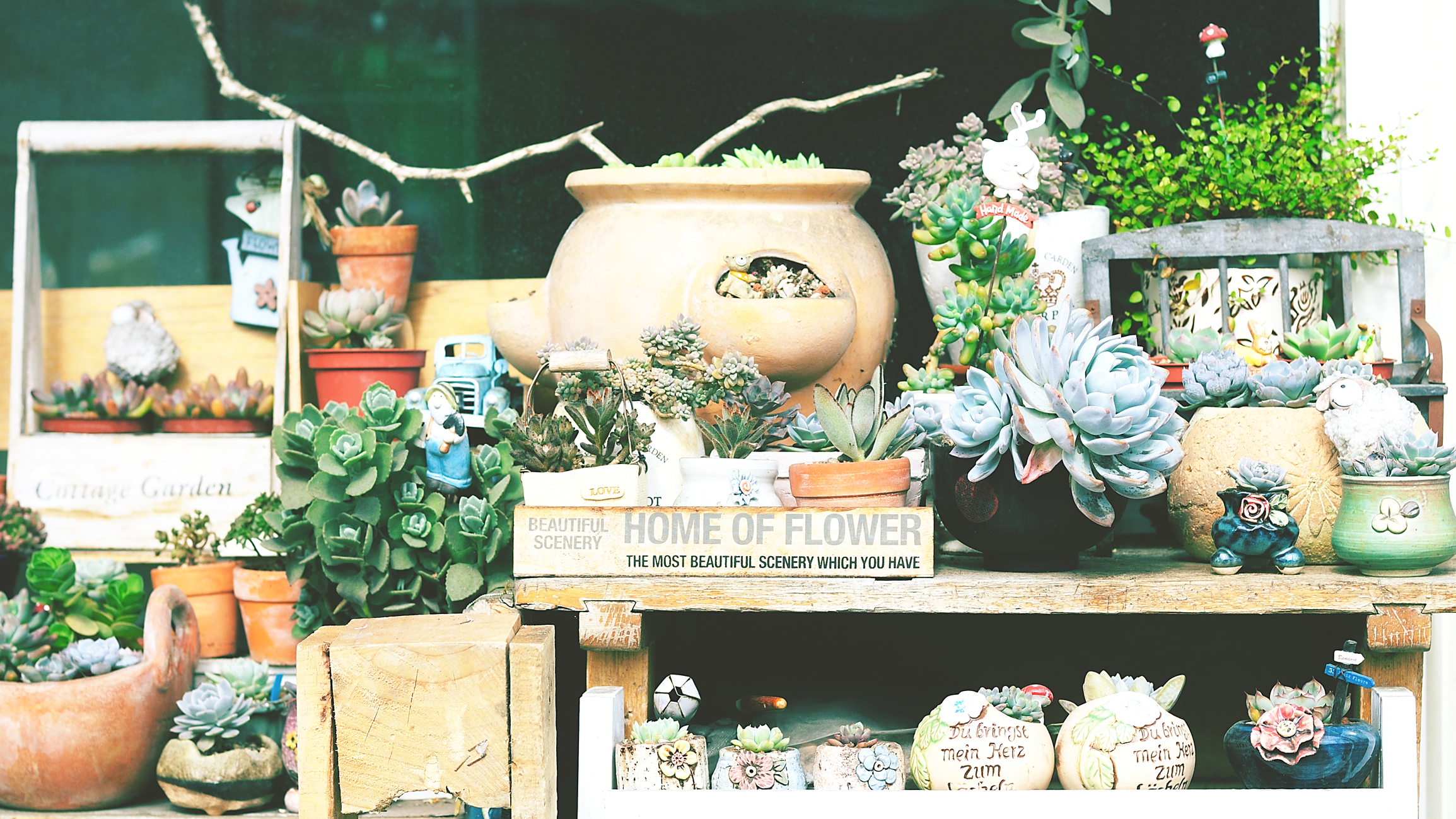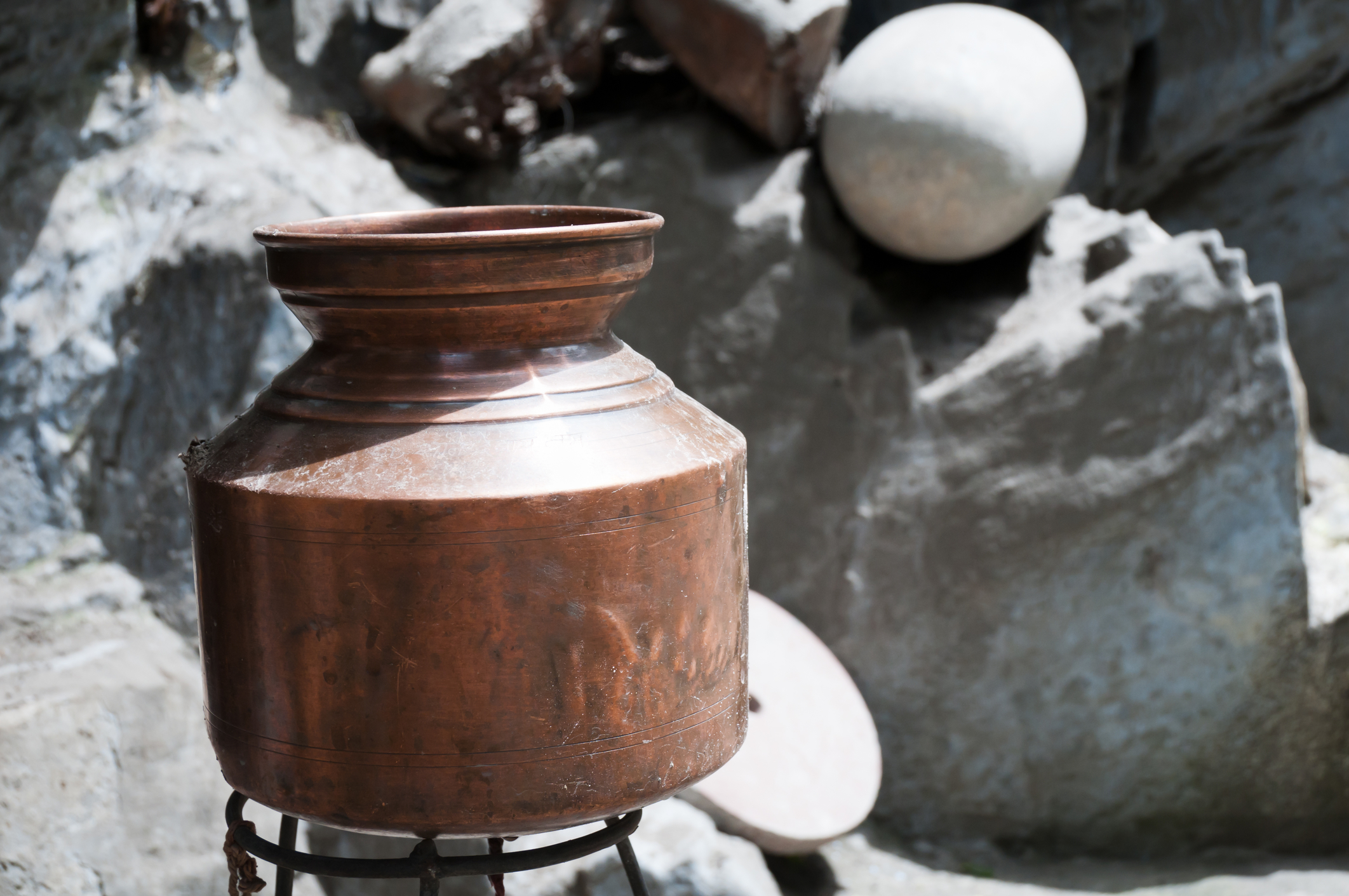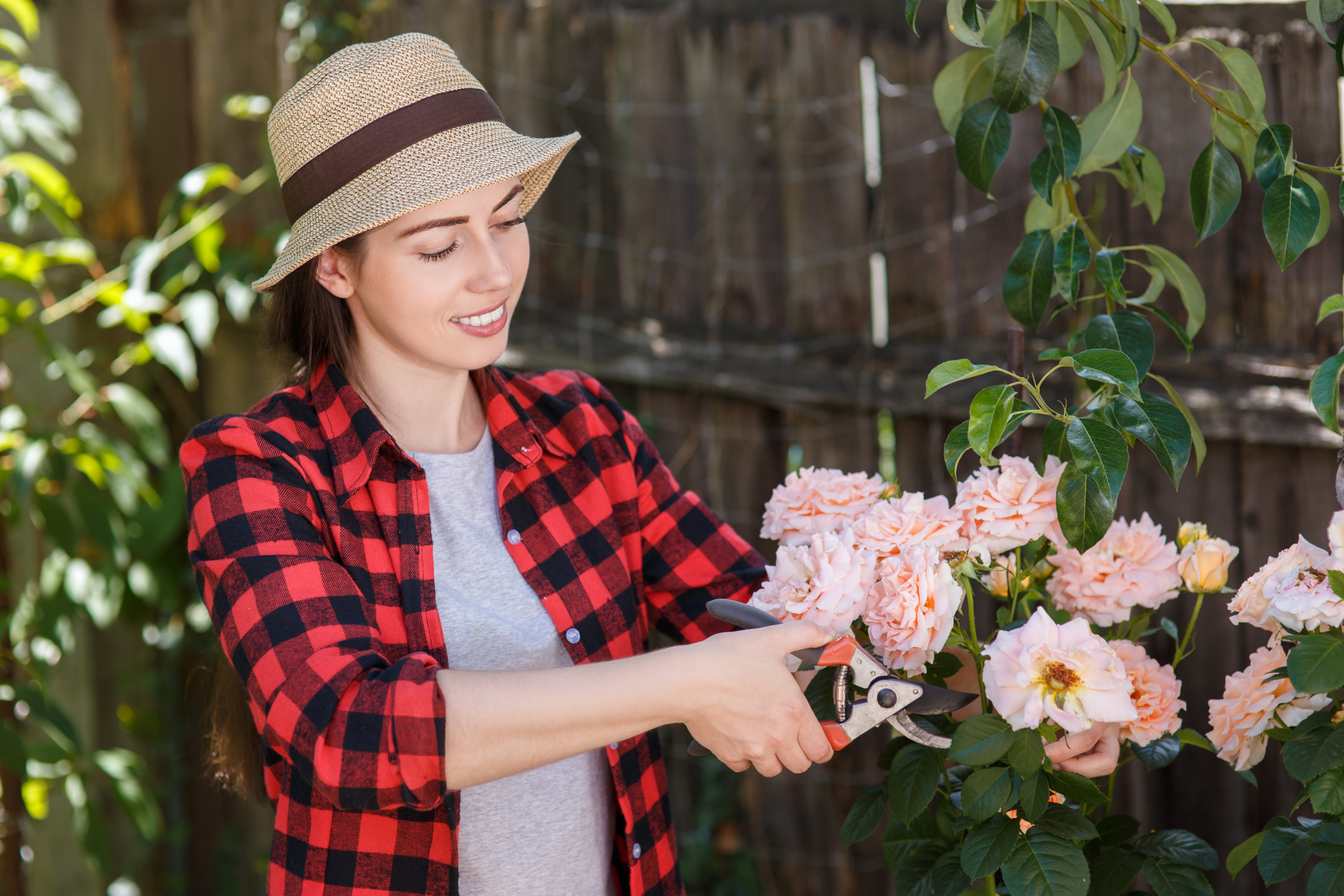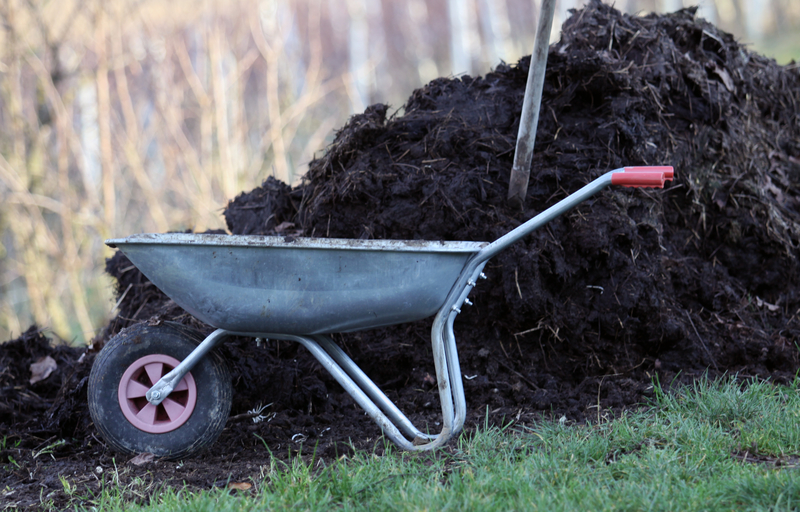What is a Homestead Dog?
Dogs are great companions. Homestead dogs are more than that. They serve many functions around the farm, from taking care of predators to herding your cows. A homestead dog really does do it all and then some. Once you have one, you’ll wonder why you didn’t get a homestead dog sooner. In fact, the only … Read more

